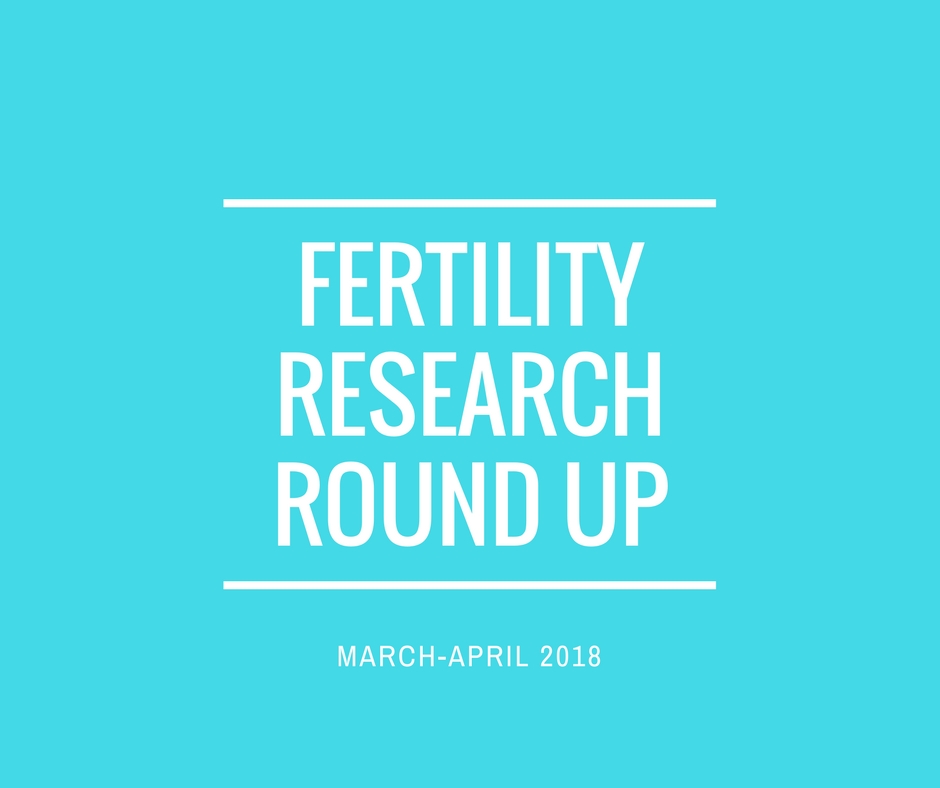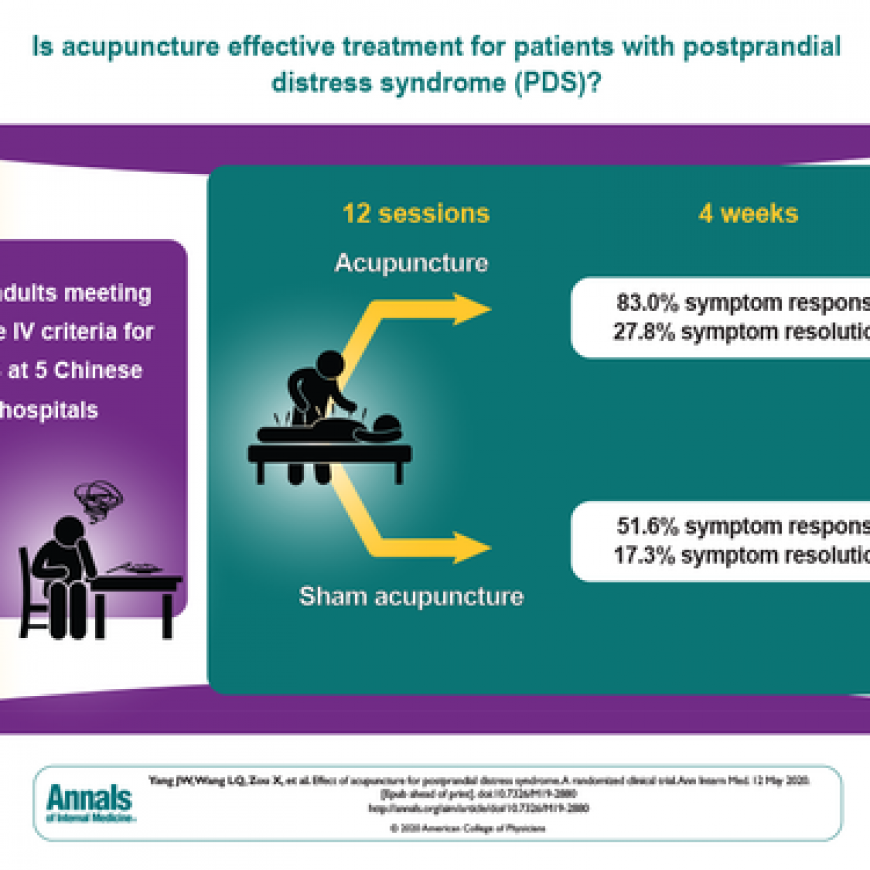So what have we learnt about how to improve our chances of pregnancy over the last few months? I have scoured the results published in the journals to find out what is new and useful for people trying to conceive.
- During procedures such as IVF, ICSI and frozen embryo transfer, the vagina is not exposed to seminal plasma (a component of the semen produced by men) as it would be during sexual intercourse. It has been suggested that seminal plasma might trigger a natural inflammatory reaction which causes the woman to become tolerant to male antigens (molecules that cause an immune response) during conception, and that this reaction may increase the likelihood of successful implantation and ultimately live birth. The results of several studies were assessed by Ata et al 2018 and they found that the use of seminal plasma during assisted reproductive techniques may result in a slight increase in the number of clinical pregnancies. The application of seminal plasma did not appear to affect the rates of multiple pregnancies or ectopic pregnancy. Most of the studies reviewed were considered poor in their design so that it is hard to come to any conclusion at this stage as to whether giving women seminal plasma increases the chances of a successful pregnancy.
- A study by Ilic in the journal Biochem Biophys Res Comm found that ascorbic acid (Vitamin C) may prevent the damage of sperm cell DNA. It is thought that sperm DNA fragmentation is a cause of male infertility and that taking ascorbic acid protects the DNA by acting as an antioxidant.
- It is not surprising that women who have undergone IVF to become pregnant feel positively towards changes in their bodies during pregnancy. A study published in the journal Perspectives in Psychiatric Care (Aksov et al) showed that women conceiving using IVF scored higher on a body image scale during pregnancy compared with those who conceived spontaneously. Those who had received IVF had more positive views on growth in the abdominal area, gaining weight, and changes in skin compared to the spontaneous group. They also were less likely to think that changes during pregnancy had a negative effect on their sex life.
- Bourden et al. (PLoS One 2018) looked at whether deferring embryo transfer improved pregnancy rates in women with endometriosis undergoing assisted reproduction technology (AR) compared with using fresh embryo transfer. They found that using deferred frozen-thawed embryo transfer resulted in significantly increased rates of clinical pregnancy (43% vs 26.6%) in women with endometriosis. The ongoing pregnancy rate was also greater in the deferred embryo transfer group. It is thought that using the deferred embryo transfer technique improves the receptivity of the endometrium in women with endometriosis.
- We know that smoking in women has a negative effect on conception because of impaired egg development, embryo transport and blood flow to the uterus. But does passive smoking affect a women’s ability to conceive? A study by Li was recently published in Human Reproduction which looked at the effects of a husband’s smoking on women with PCOS who were trying to conceive. They found that women with PCOS who were exposed to cigarette smoke had altered sex hormones (increased testosterone and free androgen index plus decreased sex hormone binding globulin), an increased likelihood of metabolic syndrome, and significantly lower rates of conception compared with women who were not exposed to cigarette smoke.



Add Comment